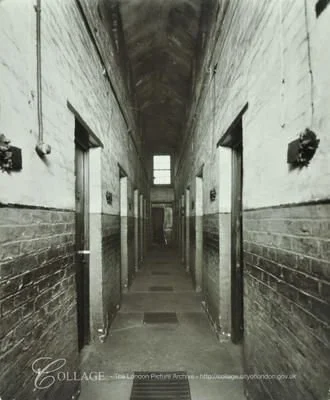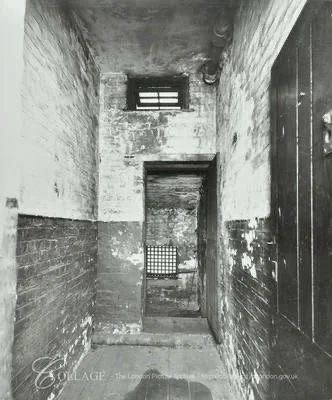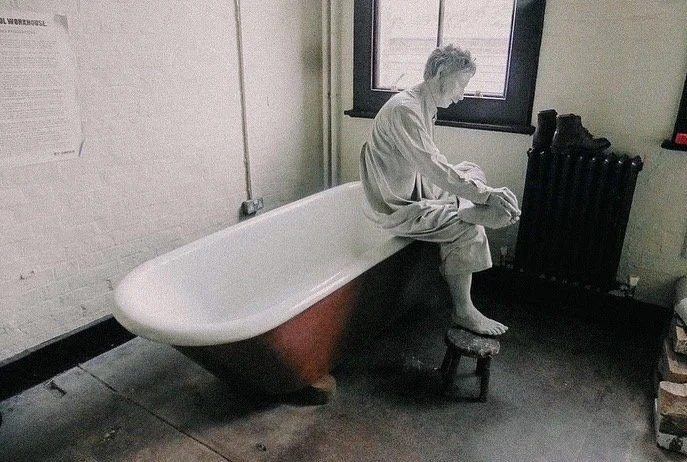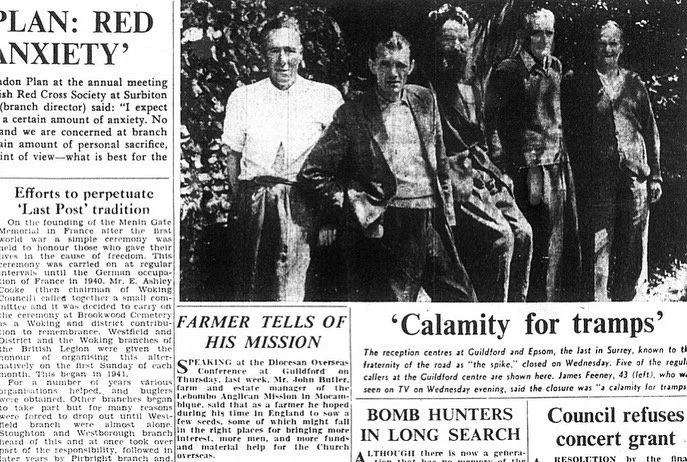This final day of April is an excellent occasion to discuss the interpretation of casual wards in museums.
Merely seven days past, I finished George Orwell's "Down and Out in Paris and London." I then began researching Spikes, the very establishments that harbored those on the outskirts of society, such as vagrants, tramps, rogues, and vagabonds. These individuals have always been subject to distrust.
With its graceful and unassuming language, Orwell's work utilizes concise paragraphs filled with meaning to elucidate what life was truly like as a tramp. He presents the environment as it is, devoid of any "zoo approach." Orwell genuinely experienced and wrote about his life rather than observing from a vantage point and speculating from a distance.
The book aptly provides insight into the different stages of poverty--from simple impoverishment to complete destitution. As a result of my reading, I scoured the web for images of spikes and their casual inhabitants (featured here) and found out that some efforts have been made to preserve these sites. This quest led me to the Guildford Spike, an Edwardian workhouse that now serves as a museum.
One might ponder, is it worthwhile to preserve places that are a testament to a reality that many ignore or choose to remain ignorant of? Is it worth preserving places that provide a glimpse into a history of suffering and sadness? Do they offer any value to society? I maintain that it is not only important but necessary to do so, particularly in an era where individuals strive to revise history to suit their interests, where they seek to sweep their litter under the rug and pretend it never existed. The current lexicon may be more sophisticated, but it is also more superficial and fails to convey any meaning, intending to downplay reality. Such museums provide an opportunity to "virtually" share in that experience, gain perspective on one's own life, and acknowledge one's privilege.








